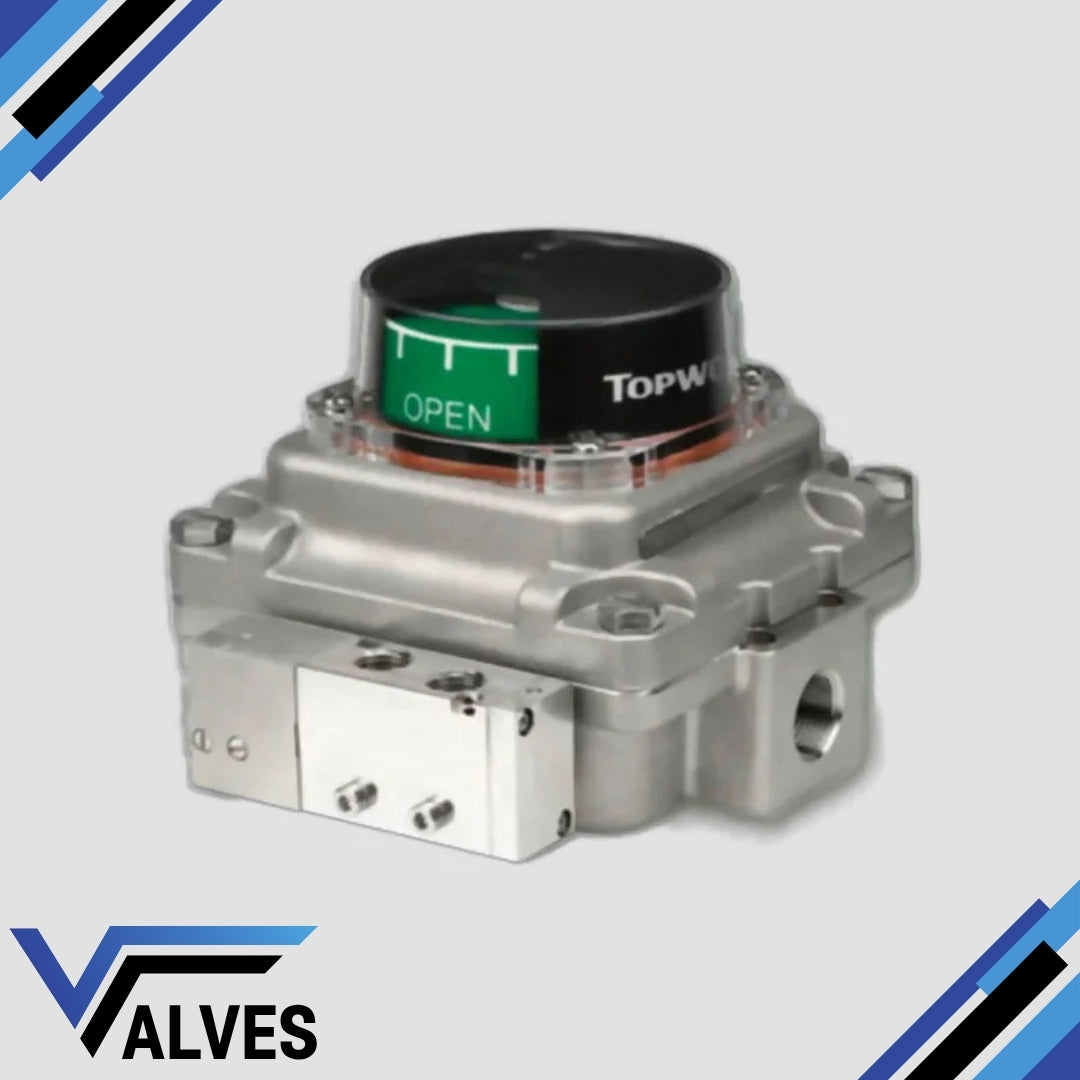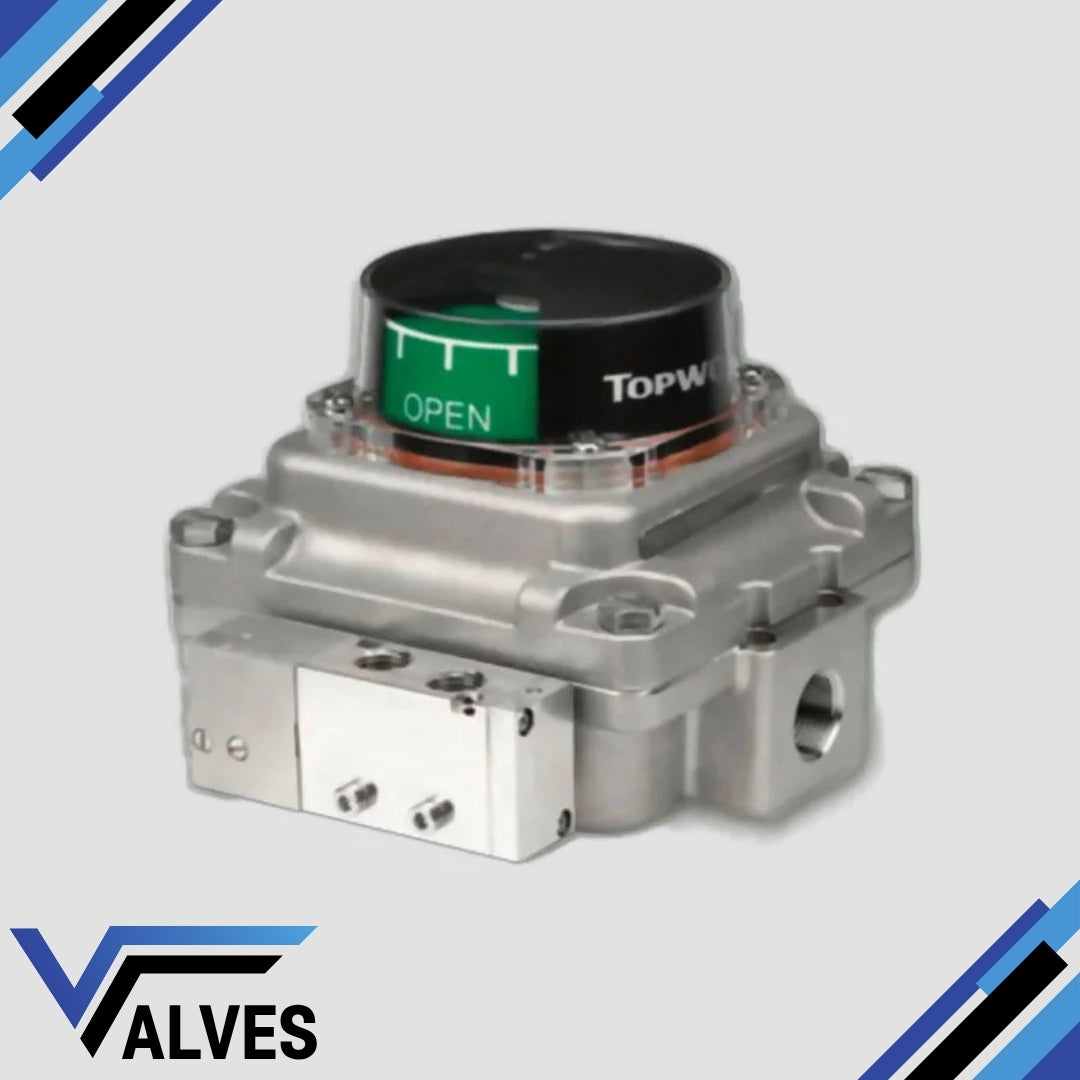Topworx Switchboxes
TopWorx Limit Switch Box TXS-0XCFLPM Valve Monitor
TopWorx Limit Switch Box TXS-0XCFLPM Valve Monitor
Couldn't load pickup availability
The TopWorx TXS-0XCFLPM is a robust and highly reliable valve monitor designed for a wide range of process industries. This versatile switch box offers precise valve position feedback and control in some of the most demanding environments, including hazardous areas. The TXS-Series provides a global explosion-proof solution, making it ideal for oil and gas, chemical, and mining applications. Its compact design ensures it can fit in tight spaces, offering full functionality with exceptional performance in extreme conditions.
Key Features
- Global Certifications: Certified to meet ATEX, IECEx, and other global standards, ensuring safe operation in hazardous areas.
- Durability: The TXS series is constructed with a rugged housing, resistant to corrosion and extreme temperatures, providing long-term reliability.
- Flexible Mounting Options: Supports both rotary and linear applications, offering compatibility with various actuator packages.
- Advanced Position Sensing: Features GO™ Switch technology, known for high accuracy and zero power consumption during operation, making it a cost-efficient solution.
- Environmental Protection: Rated IP66/67 for protection against dust and water ingress, ensuring operation even in harsh outdoor conditions.
Additional Information
The TXS-0XCFLPM comes equipped with advanced diagnostics to monitor and communicate valve status in real-time, minimising downtime and ensuring efficient operation. Its GO™ Switch technology provides unmatched precision and reliability with no power consumption, making it ideal for remote or power-sensitive installations. The modularity of the TXS series allows for easy customisation with different sensors and accessories to match specific application needs. This switch box is designed to meet the stringent demands of process automation, making it a top choice for industries where safety and reliability are paramount.
Share

FAQ's
What is the difference between a valve and an actuator?
What types of actuators are available?
The main types of actuators are:
Pneumatic actuators – use compressed air for fast, reliable operation.
Electric actuators – use electrical power for precise control.
Hydraulic actuators – use fluid pressure for high-torque applications.
Each type offers unique advantages depending on the environment, media, and system control needs.
How do I choose the right actuator for my valve?
To select the correct actuator, consider:
Valve type and torque requirement
Power source available (air, electric, or hydraulic)
Operating environment (temperature, humidity, hazardous area)
Control signal type (on/off or modulating)
Matching actuator torque and compatibility with the valve’s ISO mounting ensures reliable performance.
What are the main types of valves used in automation?
The most common valves in automated systems include:
Ball valves – for tight shutoff and quick operation.
Butterfly valves – for larger flow control with compact design.
Globe valves – for precise throttling and flow regulation.
Check valves – to prevent backflow.
Gate valves – for full bore flow isolation.
What’s the difference between a double-acting and spring-return actuator?
Double-acting actuators use air (or power) to both open and close the valve.
Spring-return actuators use air to open (or close) the valve, and a built-in spring to automatically return it to a safe position when power or air is lost — ideal for fail-safe operation.
How often should valves and actuators be serviced?
Regular maintenance intervals depend on operating conditions, but a good rule of thumb is to inspect every 6–12 months.
This includes checking for leaks, lubrication, seal wear, and actuator responsiveness to prevent unexpected downtime.

